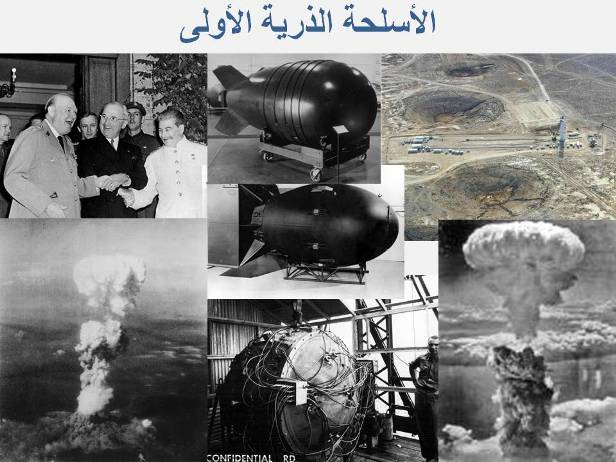| front |1 |2 |3 |4 |5 |6 |7 |8 |9 |10 |11 |12 |13 |14 |15 |16 |17 |18 |19 |20 |21 |22 |23 |24 |25 |26 |27 |28 |29 |30 |31 |32 |33 |34 |35 |36 |37 |38 |39 |40 |41 |42 |43 |44 |45 |46 |47 |48 |49 |50 |51 |52 |53 |54 |review |
 |
The United States developed the first atomic weapons during World War II in co-operation with the United Kingdom and Canada as part of the Manhattan Project, out of the fear that Nazi Germany would develop them first. It tested the first nuclear weapon in 1945 ("Trinity"), and remains the only country to have used nuclear weapons against another nation, during the atomic bombings of Hiroshima and Nagasaki. It was the first nation to develop the hydrogen bomb, testing an experimental version in 1952 ("Ivy Mike") and a deployable weapon in 1954 ("Castle Bravo"). Throughout the Cold War it continued to modernize and enlarge its nuclear arsenal, but from 1992 on has been involved primarily in a program of Stockpile stewardship. The Soviet Union tested its first nuclear weapon ("Joe-1") in 1949, in a crash project developed partially with espionage obtained during and after World War II (see: Soviet atomic bomb project). The USSR was the second nation to have developed and tested a nuclear weapon. The direct motivation for their weapons development was the development of a balance of power during the Cold War. It tested its first megaton-range hydrogen bomb in 1955 ("RDS-37"). The Soviet Union also tested the most powerful explosive ever detonated by humans, ("Tsar Bomba"), with a theoretical yield of 100 megatons, intentionally reduced to 50 when detonated. After its dissolution in 1991, the Soviets' weapons entered officially into the possession of Russia. |